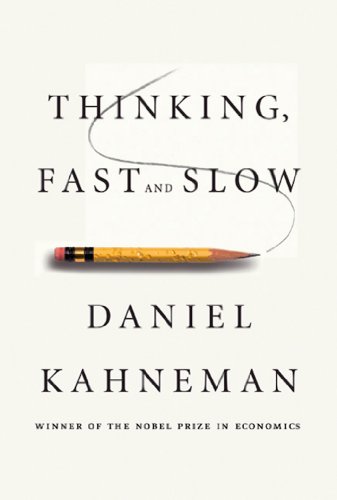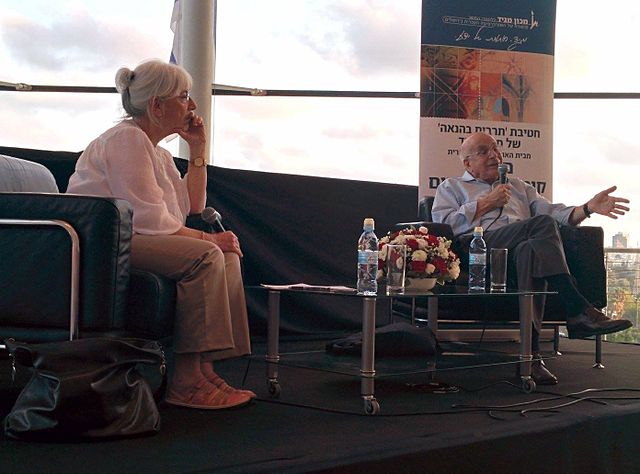“This book is a tour de force by an intellectual giant; it is readable, wise, and deep… It will change the way you think, on the job, about the world, and in your own life.” -Richard H. Thaler, coathour of Nudge
The international best seller, “Thinking, Fast and Slow”, Daniel Kahnemann takes us on a groundbreaking tour of the mind and explains the two systems that drive the way we think.” Made in 2011, this overwhelmingly popular science book was written by the profound psychologist Daniel Kahnemann, winner of the 2002 Nobel Peace prize in regards his notorious prospect theory. The book carries an overarching theme in form of its thesis, the two “systems” of the human mind. Objectively and scientifically.
Labeled in very user friendly terms, “System 1” is defined as fast, instinctive, and emotional. In the fine line that is undeceivable in the contrary, “System 2” is referred to as slower, more deliberative, and more logical. This book encourages us to tune in to that mode of thought more regularly. This is because it directly relates to the ease in regards to critiquing others before ourselves, the inner workings of our natural appeal and indulgence of gossip. Its human nature to crave speaking one others habits, routines, and instances, prior to our own- or we wouldn’t be living a life in which we choose what we do. The decision making chapters if this book affected me so greatly when its discussed that these two systems, these two states, of mind can occur instantaneously, and we have full control of our minds habitat and verdicts of ourselves alike.This is a more educational and persuasive post that would’ve encouraged me to finish the book faster than I did, after seeing the testimony in myself.

The reviews of this book are intensely positive, probably because of how practical it is from a readers standpoint- even if that may only be because of the author’s credibility in the field of behavioral economics. Behavioral economics combines elements of economics and psychology to understand how and why people behave the way they do in the real world. In the world of human interest enthusiasts, Kahneman stands amongst the giants, a weaver of the threads of Charles Darwin, Adam Smith, and Sigmund Freud. The concentration of so many generations of thought, reading this book means not having to read so many others.
Feature image: Prof. Daniel Kahneman and Prof. Maya Bar Hillel talking about Kahneman’s research by Ohidinbar, Creative Commons Attribution- Share alike 3.0.

